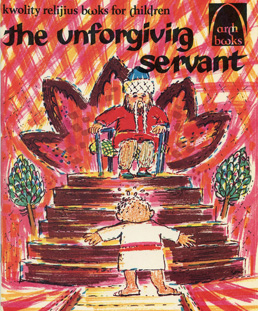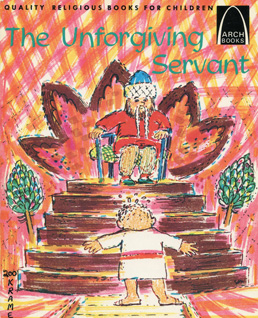May 16, 2014
Artifact: Initial Teaching Alphabet Arch Book
Significance: Since 1965, over 60 million Arch Books have been produced by Concordia Publishing House to share God’s love and Christ’s redeeming sacrifice with children. This book was one of two that CPH produced using the Initial Teaching Alphabet (ITA), a variation on the Latin alphabet developed in England in the 1960s.
About ITA:
Nowadays CPH produces some of its Arch Books in Spanish, but in 1970 the publishing company produced two of its existing books in another alphabet rather than another language. The Initial Teaching Alphabet was developed by Sir James Pitman and was being tested in some schools in England as early as 1960–61. By mid-decade there were schools in both the United States and Australia that were using ITA on an experimental basis.
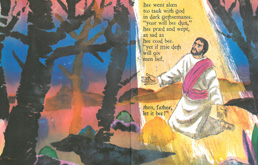
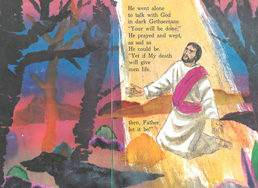 ITA is a phonemic (sound) system of English that was designed to help children learn to read with the understanding that print is simply speech written down. It has 44 characters, all lowercase, and each character stands for one sound in the English language. Thus the “ng” sound had a special combined character (as seen on the cover), whereas in standard English writing, two letters are used for that one sound. It was intended to eliminate issues in English when the spelling and sound of a word do not match up (e.g., “bed” and “head” sound similar, but have different spelling patterns).
ITA is a phonemic (sound) system of English that was designed to help children learn to read with the understanding that print is simply speech written down. It has 44 characters, all lowercase, and each character stands for one sound in the English language. Thus the “ng” sound had a special combined character (as seen on the cover), whereas in standard English writing, two letters are used for that one sound. It was intended to eliminate issues in English when the spelling and sound of a word do not match up (e.g., “bed” and “head” sound similar, but have different spelling patterns).
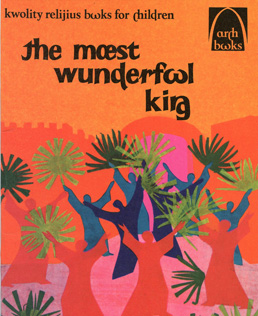 The system never became a mainstream teaching tool, though it can still be found today in some circles. One of the main reasons that contributed to its decline in use was that some children found the transfer from ITA to traditional English confusing and difficult.
The system never became a mainstream teaching tool, though it can still be found today in some circles. One of the main reasons that contributed to its decline in use was that some children found the transfer from ITA to traditional English confusing and difficult.
It is highly interesting that Concordia Publishing House produced two books in this writing system. The two books, The Unforgiving Servant and The Most Wonderful King, share the same artwork and story completely. The only difference is the alphabet used. Some images from both versions of the two books are included for comparison.


